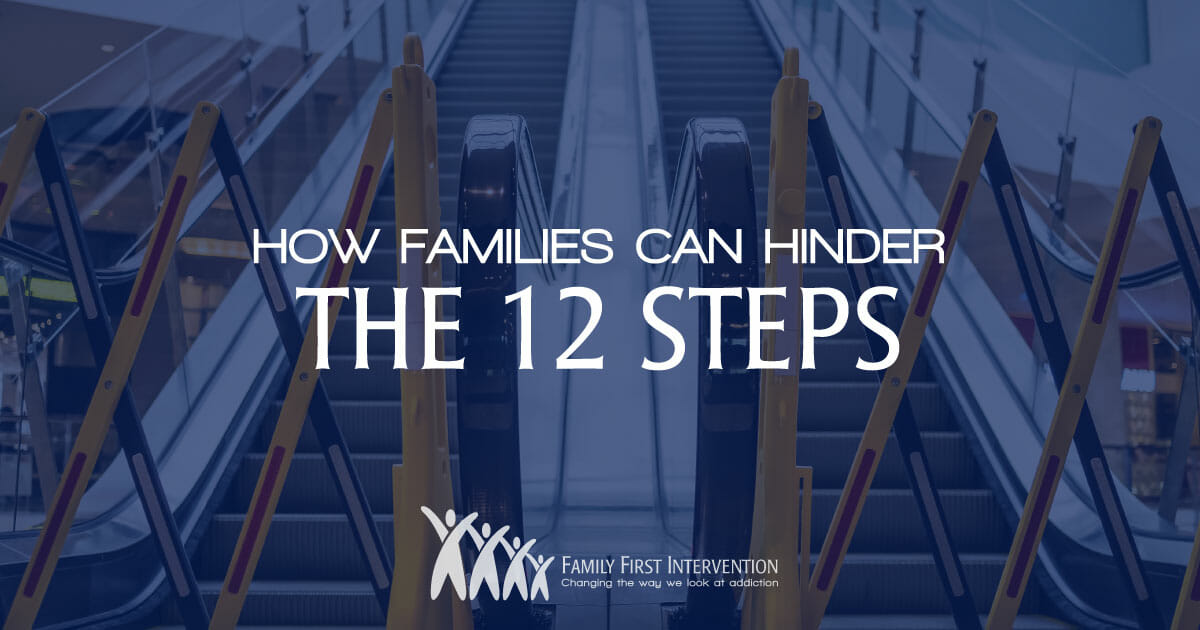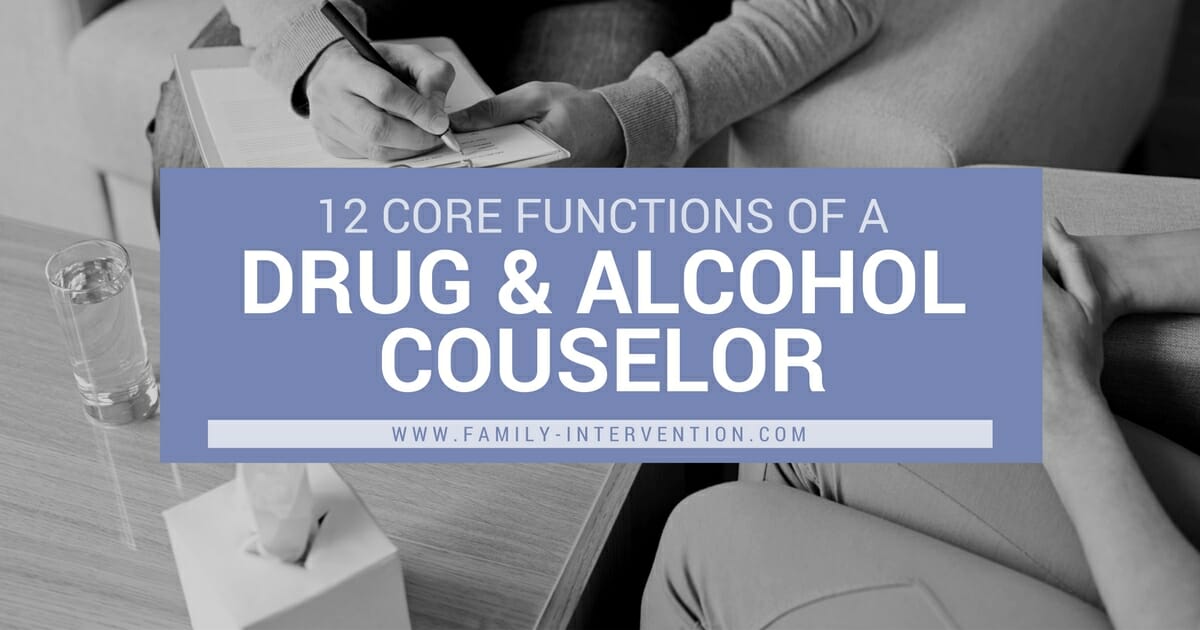Search by category, archive or keyword

Published On: August 30, 2017
Updated On: April 21, 2022
The most recognized and accessible 12-step program is Alcoholics Anonymous, while other programs have come about as a result of AA’s impact. Some of these include Narcotics Anonymous, Heroin Anonymous, Cocaine Anonymous, Crystal Meth Anonymous, Gamblers Anonymous, and Overeaters Anonymous.
What all these programs have in common is the 12-step facilitation philosophy which has proven to be useful for the likes of alcohol, drug, and even process addictions.
TSF, or Twelve-Step Facilitation, is an evidence-based treatment with proven efficacy for assisting in the recovery of many individuals with a drug, alcohol, or process addiction.
It is said that prior to 1960, Alcoholics Anonymous had a success rate of approximately 75%. Today’s treatment centers, as well as many 12-step groups, have a documented success rate of approximately 3% – 10%.
Why is this, and what happened?
One of the contributing factors could be the disease model concept. Nowhere in the book of Alcoholics Anonymous does it call alcoholism a disease. It also never gives off the idea that AA is a self-centered program.
It states throughout the entire book of AA that the program is designed to work through the steps as quickly as possible so that you can attend meetings to carry the positive message of recovery to those that are still struggling.
Sadly, these messages have been lost and greatly watered down over the years by misinformed members of 12-step programs. Today, it is not uncommon for people to attend meetings and carry on with them the mess, not the message.
Many meetings today are discussion meetings full of attendees who have not worked the steps and who go to meetings abstinent while still operating in an old frame of mind.
Much of this has to do with several factors, including sponsors telling people they don’t have to work the steps with momentum. This information sends the wrong message and is the opposite of the message in the Alcoholics Anonymous book.
Some of the biggest turn-offs that exist today in regard to the 12-step program are not the ways the program is suggested to be followed. Unfortunately, like many things in life, humans try to change things that are not broken and often make them worse as a result.
In the early 1990s, the National Institute on Alcohol Abuse and Alcoholism (NIAAA) funded and conducted the largest controlled trial ever that looked at treatment methods for alcoholism called Project MATCH (Miller, W.R, Forcehimes, A.A, & Zweben, A, Treating Addiction, 2011).
Project MATCH looked at three different treatment applications; 12-Step Facilitation (TSF), Motivational Enhancement Therapy (MET), and Cognitive Behavioral Therapy (CBT).
The conclusion of the study was that there was no significant difference in outcomes across the three different treatments. TSF actually had a slight advantage over the other two treatments in more areas of testing.
What is the 12-Step Recovery Program for Addiction?
If the information above has turned you off or it has caused you to lose faith or trust in the 12-step program, please do not be discouraged. There is great value and benefit in the 12-step program. The key to success is finding the right meetings and avoiding the bad meetings and the bad sponsors because, unfortunately, they do exist.
Read More: What Are the 12 Core Functions of a Drug and Alcohol Counselor?
The 12-step program is a program designed to change the addict or alcoholic’s perception. When you break down the program, it is not all that different from some of the most effective evidence-based treatments. When you research many of the evidence-based treatments or effective approaches to treating drug addiction and alcoholism, you will see some form of 12-step philosophy.
We will break down the 12 steps and simplify them as much as possible.
Steps 1-3 are simply conclusions of the mind.
- Step One is realizing your life does not go the way you would prefer when using drugs or alcohol.
- Step Two is stating that your way of correcting the problem hasn’t worked.
- Step Three is surrendering to the ways of something or someone that has a better solution than the addict or alcoholic does.
What most people don’t realize is that they do the first three steps simply by checking into a treatment center or going to their first meeting. They realized things were unmanageable, they realized their way of trying to fix the problem was unsuccessful, and maybe, just maybe, someone other than themselves had the answer.
This is why it makes no sense when someone says they are on steps 1, 2, or 3–that is not the way the program works. It is as simple as realizing that something needs to change and that you, alone, by yourself, are incapable of changing it.

You need help and insight from someone else or several others. Even the programs that despise AA for this approach do the exact same thing. They come together and work through their problems together. They realized they could not go at this alone and needed assistance from other people, places, and things.
Steps 4-9, also known as the meat and potatoes of the program, are designed to change behavior and perception.
- Step Four lists resentments, fears, and sexual conduct. The goal of step 4 is to look at ourselves and not the wrongdoings of others. In other words, what did you do to put yourself in the position you are in?
- Step Five is sharing these things with another person.
- Steps Six & Seven address ridding yourself of these character defects and shortcomings that you identified in steps 4 and 5.
- Step Eight is easy, you already did 90% of it when you listed all the people, places, and things in your 4th step.
- Step Nine is making amends to those people you wronged and hurt during your drug addiction or alcoholism.
Steps 10, 11, and 12 are the growth steps.
- Step Ten is to continue doing a daily inventory of steps 4-9.
- Step Eleven is working on daily spiritual growth
- Step Twelve is sharing your experience with a person new to the program.
And that’s it! It is that simple. There is no need to overcomplicate the 12-step program. People spend enormous amounts of money on treatment centers, therapists, and psychiatrists to achieve the same insight. When the 12-step program is used alongside doctors, psychiatrists, medication, treatment, etc., it is a proven, evidence-based treatment that can be a very effective treatment for drug and alcohol addiction.
To avoid meetings that focus on the problem rather than the solution, it is suggested you look for meetings such as:
- Primary Purpose – Takes a deep dive into the book of Alcoholics Anonymous. These meetings focus on following the principles of the program and the way it is suggested to be followed.
- 12 & 12 – These meetings focus on the 12 steps and 12 traditions of Alcoholics Anonymous.
- Big Book Study – As the name suggests, the meeting is guided by the book and not the opinion of others.
- Step Meetings – Step meetings focus on the steps of the program. The goal is to break down each step in order to work on each step as it is suggested in the book.
- Joe & Charlie Meetings – These two gentlemen do an amazing job of explaining the program and making suggestions that follow the original message of Alcoholics Anonymous. Two of their best books are the Steps we took and Carry This Message.
We are not suggesting that all discussion meetings are bad. It is not as important to focus on what you can get from a meeting as it is what you can bring to a meeting. If you find yourself frustrated with discussion meetings where all you hear is people complaining, then find a new meeting until you find one that works for you.
We also encourage those who will be attending 12-step groups to sincerely consider who they ask to be their sponsor. Many treatment centers tell their clients to find a sponsor with at least 2 years of sobriety.
If the person with 2 years is still on step 4, do you really want them leading you through the program?
You should be looking for a sponsor who has worked all the steps and who is ready to launch you into the program and work you through the steps with momentum.
Bill Wilson and Dr. Bob Smith, the founders of Alcoholics Anonymous, in one of their most famous photos sitting with AA #3 Bill Dotson, “The Man on the Bed,” was said to have 6 months sober and two weeks sober respectively when doing the famous 12-step call. Prior to this, Bill Wilson was allowed to carry the message while in treatment by Dr. Silkworth to other alcoholics after having worked the first 11 steps in two days.
How Family Members Can Hurt the 12-Step Program
One of the biggest ways family members can hurt the 12-step program is by discouraging or guilting the addict or alcoholic from going to a meeting or meeting with their sponsor.
We understand the addict or alcoholic has been non-existent emotionally and even physically. It is hard for a family member to let them out of the house and attend a meeting, especially before any trust is re-established.
It was not uncommon for substance users in the past to say they were going to a meeting when they were only going to get drunk or high.

If the 12-step program is the route your loved one is going to take to assist in their sobriety, the family should do the best they can to prevent discouraging them from going to meetings.
Some of the biggest reasons families do this outside of trust is fear. It is not uncommon for a family member to disclose that they are afraid that if their loved one gets better, then they may not love them anymore or may not need them the same way they used to.
Up until the substance user is sober, the family or spouse often feels they have a purpose of being their loved ones’ caretaker, which leads them to believe they are needed in the relationship. Our research has shown that people are not interested in keeping them from the 12-step program but fear losing them to the 12-step program.
Another way family members can hurt the 12-step program is by not engaging in the 12-step program themselves. Family members are strongly encouraged to attend Al-Anon, ACOA, Codependency Meetings, and Open Alcoholics Anonymous or other Open 12-step meetings.
Open meetings are for all to attend, and you do not have to be an alcoholic or a drug addict to go. Many family members and healthcare professionals attend open meetings as well. Data support more positive outcomes when the family engages in their own recovery and 12-step programs while their loved one is doing the same.
How to Help Addicts and Alcoholics in the 12-Step Program
Most treatment centers encourage 12-step facilitation as part of the discharge plan. With the 12-step program being evidence-based, most treatment centers have their clients attend 12-step meetings while in treatment and encourage them to find a sponsor.
Helping an addict or alcoholic in the 12-step program can happen by setting a boundary for your loved one when they leave treatment or when they decide to stop drinking or using drugs. Setting the boundary can consist of the family holding their loved one accountable and making meeting attendance a condition of their return back to the home.
If setting boundaries is something that the family struggles with, then they can encourage their loved ones to attend meetings and help them find some meetings in the area. If the person needing to attend meetings is without transportation, perhaps the family or friends can assist in helping them get there. Today there are many meeting options available on Zoom or online leaving little room for excuses not to attend.
If encouragement doesn’t work, the family may have to set boundaries. Either way, it is important that the family do what they can to encourage their loved ones to attend the 12-step program without doing the work for them. That is important to remember–you want to encourage them to attend meetings, and you do not want to do all the work in finding one for them, either. If they put half the effort into finding a meeting and getting to the meeting as they did finding drugs, then they won’t have a problem finding a 12-step meeting in their area or online.
Other ways to help addicts or alcoholics in the 12-step program is by going with them to an open meeting or a speaker meeting and attending your own 12-step meetings. Families can make a difference in their loved one’s recovery by working in their own recovery programs. When the family and the substance user grow together, the positive outcomes are more frequent. The most important thing to remember is that the family works their own program while the substance user works theirs.
One of the most valuable lessons learned from an intervention is how the family changes their focus from the substance user to themselves. Up until your loved one finds sobriety, the family has spent a significant amount of time trying to control the situation. Families cannot control anyone other than themselves.
Although there are many things they can do that change the trajectory of their loved one’s addiction, they can only do that by changing things they are doing that are contributing to the problem.
Choose Family First Intervention for Your Loved One’s Recovery
Learning new ways to communicate, understanding addiction, and the family entering their own recovery program are a few of the many ways the family can move on from the problem and toward the solution. Trying to force the substance user’s hand has caused many families to fail and lose faith in their loved ones ever finding sobriety.
By contacting Family First Intervention, we can help you with effective intervention strategies to increase your opportunities to achieve a happy and positive outcome for both your family and your loved one who needs help with addiction.
An intervention is not about how to control the substance user; it is about how to let go of believing you can.
“The most formidable challenge we professionals face is families not accepting our suggested solutions. Rather, they only hear us challenging theirs. Interventions are as much about families letting go of old ideas as they are about being open to new ones. Before a family can do something about the problem, they must stop allowing the problem to persist. These same thoughts and principles apply to your loved one in need of help.”
Mike Loverde, MHS, CIP



